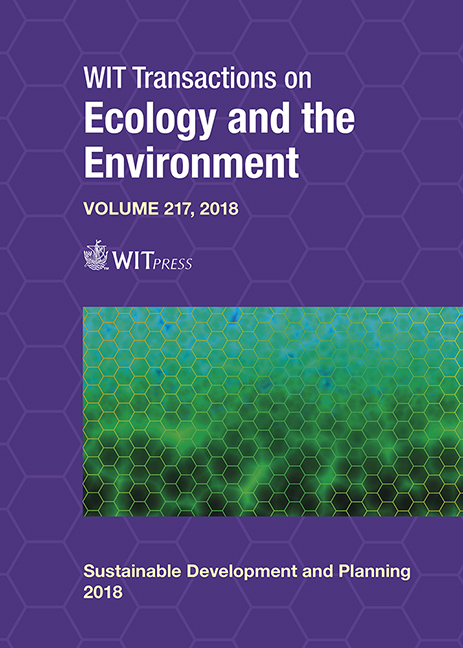THE DISABLED FAMILY IN RURAL INDIA: EMPOWERMENT OF THE SOCIALLY-ABLED SELF
Price
Free (open access)
Transaction
Volume
217
Pages
12
Page Range
315 - 326
Published
2018
Size
287 kb
Paper DOI
10.2495/SDP180291
Copyright
WIT Press
Author(s)
ADINA FAYE KARTEN
Abstract
This ethnographic qualitative research through interviews of disabled people and their family members in rural Maharashtra, India, explores the inclusion of disabled members within village society. With limited access to healthcare, disability is seen as an unavoidable aspect of life. The aim of this research is to provide evidence that disabled people in rural areas are not usually isolated and abused or perceived as burdensome to their family members, contradicting generalized assumptions that often inform development literature. I suggest that generalized stigma of these disabilities is likely created during society’s development from agrarian to industrial, in which disabled members’ productivity levels do not increase with society’s greater efficiency, thereby creating social fracturing due to perceived inability to participate economically. Stigma and poor adaptation to disability status are linked to inability to ascribe to socially acceptable roles. However, if a disabled person is able to marry and work to the maximum of their ability, they maintain a self-actualized identity. I term this identity the “socially-abled self,” in which their selfhood is defined by their familial roles and their economic contributions to the household. Stigmatized disabilities are generally limited to leprosy, tuberculosis, HIV/AIDS and other severely socially limiting disabilities such as deaf-blindness and schizophrenia who have lives defined by a stigma triangle, in which inability to fulfil societal expectations of normalcy fears of contagion and ostracism feed each other cyclically. Therefore, inclusive development projects aimed at integrating disabled members should pay attention to existing familial support and focus beyond medical rehabilitation and even education, but extend to integrating stigmatized villagers economically, whether the stigma’s source is gender, caste, or disability. By giving them an integral economic position in the society, the community learns to respect them by their trade, thereby allowing them to fully participate in community activities.
Keywords
rural development, India, stigma, inclusion, disability





